With the rise in urban living and limited garden space, many individuals ask, “What size container for vegetables?” Vegetable container gardening provides an effective solution. How big of a container do you need to grow? The answer varies depending on the vegetable. For instance, while some vegetables might thrive in a 1-gallon container, others require a more spacious environment.
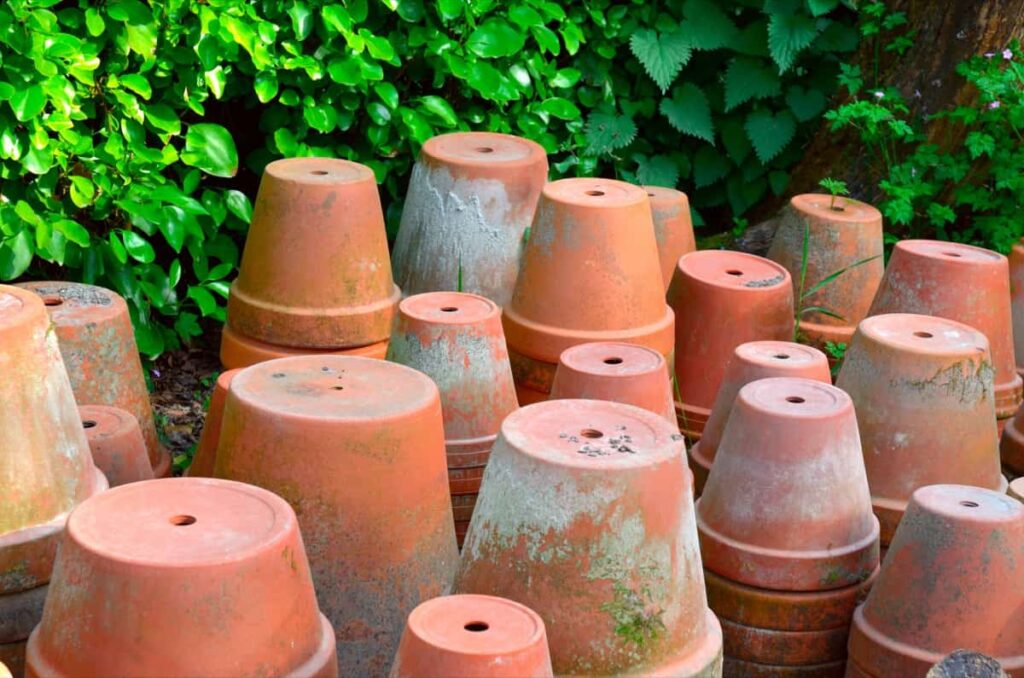
This gardening method is ideal for beginners as it offers flexibility and ease. Even if you’re just starting, growing vegetables in pots for beginners isn’t as daunting as it might seem. From deciding what vegetables I can grow in 1-gallon pots to understanding how many plants per container are optimal, this guide will provide you with all the information you need.
Benefits of Vegetable Container Gardening
Vegetable container gardening boasts several advantages. First, it offers space-saving solutions for those with limited or no ground to plant in. It also provides better control over soil quality, which means healthier plants and a better harvest. This gardening method reduces the chances of soil-borne diseases, and since containers can be moved, it allows for optimal sun exposure. Furthermore, it offers an efficient way to garden for those with physical limitations, as pots can be raised to various heights, eliminating the need to bend over or kneel.
Best Size Containers for Growing Vegetables
Understanding the container sizes is crucial for successful vegetable growth. How big is a gallon container? A standard gallon container measures roughly 4 inches (10.16 cm) in diameter at the base. The size in terms of soil capacity is about 3.785 liters. However, the question on many gardeners’ minds is, “What size planter holds 5 gallons of soil?” A 5-gallon container typically has a diameter of about 12 inches (30.48 cm) at the top and holds approximately 18.93 liters of soil.
In case you missed it: 12 Garden Watering System Kits – For Raised Garden Beds, Yards, Container Plants, Lawns, and Greenhouse
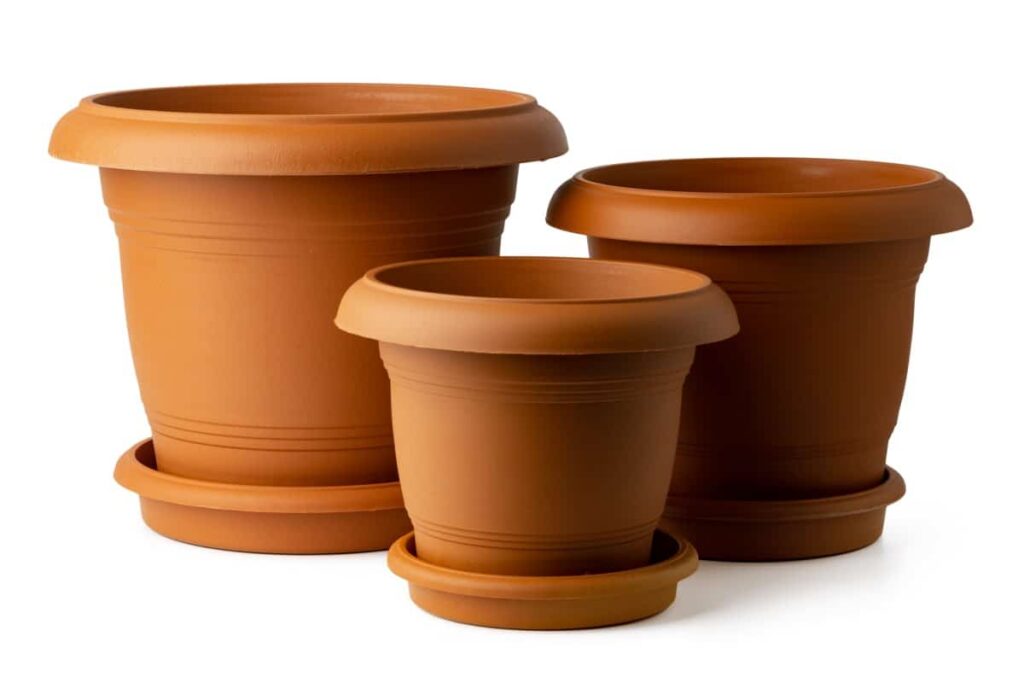
For those wondering how many spinach plants per 5-gallon bucket, the general recommendation is around 3-5 plants, as for how many plants per container largely depends on the vegetable type. For example, in a 1-gallon container, you can grow one tomato plant or multiple smaller vegetables like radishes or carrots. Consider how many plants per container you want to grow spinach. For a standard-sized pot, 2-3 spinach plants are ideal.
Choosing the Right Containers for Vegetable Container Gardening
Once you embark on vegetable container gardening, the next step is selecting the right containers. Firstly, ensure the container has adequate drainage to prevent overwatering. While some might wonder, “What can I grow in a 1-gallon container?” options include herbs like basil and parsley or compact vegetables like lettuce. When considering how big of a container you need to grow, it’s essential to understand the plant’s root system.
Deep-rooted vegetables like tomatoes require deeper pots, whereas shallow-rooted ones like lettuce can thrive in more compact spaces. The material of the container is another consideration. While terracotta pots are aesthetically pleasing, they tend to dry out faster. Plastic pots, on the other hand, retain moisture but might not provide the best airflow for roots. Whichever you choose, ensure it caters to the specific needs of the vegetables you intend to grow.
Disadvantages of Vegetable Container Gardening
While vegetable container gardening has numerous benefits, it also presents certain challenges. First, containers have limited soil volume so they can dry out quickly, especially during hot weather. This necessitates frequent watering, sometimes even multiple times a day during heatwaves. Another issue is the restricted root space, which can limit the growth of certain vegetables or make them more susceptible to becoming root-bound.
Additionally, the soil in containers tends to lose nutrients faster than ground soil, meaning gardeners might need to fertilize more often to ensure healthy plant growth. Finally, containers can be heavy, especially the larger ones, when filled with soil and water, making them difficult to move or rearrange.
Types of Containers Suitable for Vegetables
The choice of containers plays a pivotal role in the success of vegetable container gardening. Various options are available, each with its advantages. Traditional pots, available in various sizes, are versatile and can be used for almost any vegetable, depending on the pot’s size. Window boxes are ideal for shallow-rooted vegetables like lettuce and herbs.
Grow bags, made from breathable fabric, offer excellent aeration for the roots and can be used for vegetables like potatoes. Hanging baskets are another alternative, especially for trailing or vine plants like cherry tomatoes or strawberries. Raised beds, which are larger and typically wooden, can accommodate multiple plants, making them perfect for a mini vegetable garden.
Best Locations for Container Gardening
Finding the right location for your vegetable containers is crucial for maximizing growth and yield. Most vegetables thrive with at least 6-8 hours of sunlight daily, so placing containers in a south-facing location is often ideal. However, some afternoon shade can benefit the plants if you’re in an area with scorching summers.
In case you missed it: How to Start Home Gardening in Asia: For Indoors, Outdoors, Raised Beds, Backyards, Terrace, Pots, and In Containers for Beginners
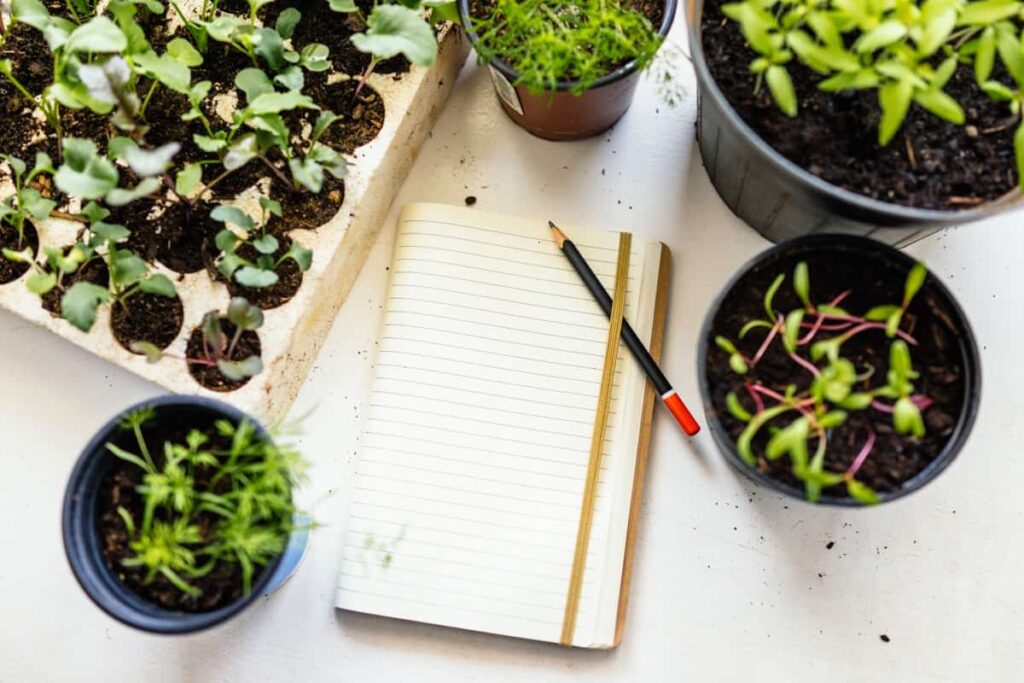
Balconies, patios, and rooftops are commonly used spaces for container gardening in urban settings. It’s also essential to consider wind exposure; a windy location can dry out the soil rapidly and may damage tender plants. Ensure the location is easily accessible for watering and care. If pests are a concern, consider elevating containers or using a balcony, making it harder for pests like slugs to reach the plants.
Material Considerations for Vegetable Containers
Material selection is as crucial as size when choosing containers for vegetable gardening. Each material type has its pros and cons. Terracotta or clay pots are popular for their natural look and breathing ability, allowing better air circulation for roots. However, they tend to dry out quickly. Plastic pots are lightweight and retain moisture better, but they might not offer the best aeration for roots.
Wood containers, like raised beds or wooden boxes, are durable and provide good insulation for the soil, but they can decay over time if not treated. Metal containers can get very hot in direct sunlight, potentially harming the plant roots, but they are durable and resistant to breakage. Lastly, fabric pots or grow bags are breathable and ensure excellent root aeration but may require more frequent watering.
How to Optimize Growth in Limited Space
Making the most out of limited space is a common concern for urban gardeners or those with restricted areas. To optimize growth, start by choosing dwarf or compact varieties of vegetables, which are bred specifically for smaller spaces. Vertical gardening is another effective method; using trellises, stakes, or cages, plants like cucumbers, beans, and tomatoes can grow upwards, maximizing the vertical space.
Using hanging baskets for plants like strawberries or cherry tomatoes can free up ground space. Succession planting is a strategy where once a crop is harvested, another is immediately planted, ensuring continuous production. Interplanting or companion planting, where faster-growing crops are planted alongside slower-growing ones, can also help maximize yield. For example, radishes can be planted alongside carrots; when the carrots need more space, the radishes are harvested.
Watering and Drainage Tips for Container Vegetables
Watering appropriately is crucial for container gardening success. Because containers have limited soil, they can dry out faster than traditional gardens. It’s essential to water regularly and deeply, ensuring the moisture reaches the roots. Using a saucer under pots can help retain some water, but it’s vital to ensure the soil doesn’t remain waterlogged, which can lead to root rot. Drainage is a key aspect of this.
Ensure every container has adequate drainage holes. If you water too much, these holes will let extra water out so the soil doesn’t get too wet. Mulching the top layer of soil can also help retain moisture, reduce evaporation, and keep the soil temperature consistent. It’s a good practice to check the soil daily, especially during hot weather; if the top inch feels dry, it’s time to water.
Picking the Right Soil for Container Vegetables
Choosing the correct soil can significantly affect the health and yield of container-grown vegetables. Using garden soil in containers is not a good idea because it’s too compact and doesn’t drain well. Instead, opt for a high-quality potting mix designed for containers. These mixes are lighter, provide better aeration for roots, and are often fortified with slow-release fertilizers that feed plants over time. For vegetables, a mix rich in organic matter is beneficial.
In case you missed it: Exploring the Essence of Korean Natural Farming (KNF): Harmony in Soil and Soul
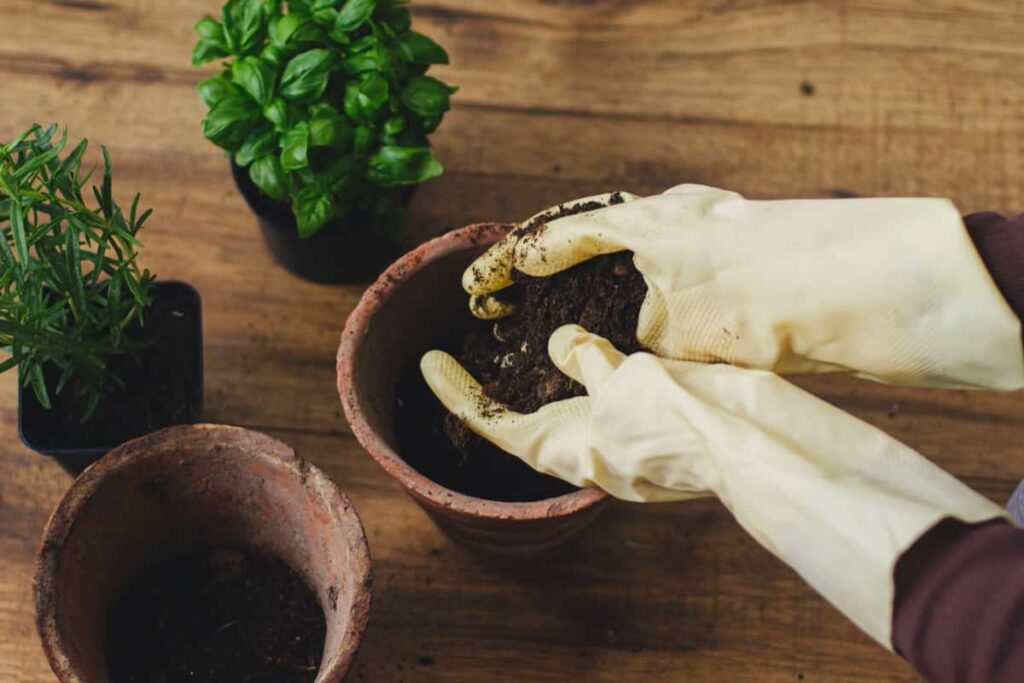
Some gardeners add compost or worm castings to the potting mix to boost nutrient levels. It’s important to remember that container nutrients can be depleted quickly, so regular fertilization or replenishing the soil each growing season can help ensure plants have the necessary nutrients to thrive.
Common Pests and How to Prevent Them in Containers
Container gardens, though elevated and somewhat isolated, are not immune to pest invasions. Aphids, those pesky bugs, like to hide under leaves, making them turn yellow and bend. You can eliminate them by spraying water or bringing in helpful bugs like ladybugs. Slugs and snails, lovers of damp conditions, can be deterred with copper tape around the container or by placing crushed eggshells around plants.
Whiteflies, tiny white insects, can weaken plants by sucking sap; they can be controlled with sticky traps or insecticidal soap. Spider mites, which cause fine webbing and speckled leaves, dislike moisture so that regular misting can deter them. Regularly inspecting plants, keeping the gardening area clean, ensuring proper spacing, and practicing crop rotation, even in container setups, can prevent many pest issues. Additionally, using neem oil or other organic repellents can be a proactive measure against potential invasions.
Harvesting and Storage Tips for Container Grown Vegetables
When harvesting vegetables grown in containers, timely and correct techniques can ensure sustained production and flavor retention. Generally, it’s best to harvest early in the morning when the vegetables are crisp and have a high water content. Pick the outer leaves for leafy greens first, allowing the center to continue growing.
Tomatoes should be harvested when they are uniformly colored but slightly firm to the touch. You can harvest root vegetables like radishes and carrots once they’re the right size. Once harvested, proper storage is key. Leafy greens should be refrigerated immediately. Store tomatoes in a cool, shaded place at room temperature, and keep root vegetables in a cool, dark area. Consider techniques like canning, freezing, or drying for prolonged storage of certain vegetables.
Best Size Containers for Growing Vegetables
Vegetable Container Size Chart in Inches
| Vegetable | Preferred Size (in inches) | Minimum Size (in inches) | Number of Plants Per Pot | Comments |
| Tomato | 18-24 | 12-14 | 1 | Choose dwarf or patio varieties for smaller pots |
| Bell Pepper | 16-18 | 10-12 | 1 | Ensure good drainage and support as it grows |
| Spinach | 10-12 | 8-10 | 3-5 | It can be densely planted |
| Lettuce | 10-12 | 6-8 | 2-3 | Harvest outer leaves for continuous growth |
| Radish | 8-10 | 6-8 | 5-7 | Suitable for interplanting |
| Carrot | 10-12 | 8-10 | 5-7 | Depth is crucial for root development |
| Green Beans | 18-20 | 12-14 | 2-3 | Use trellis or stake for support |
| Cucumbers | 20-24 | 16-18 | 1-2 | Provide strong support |
| Kale | 12-14 | 10-12 | 1-2 | Ensure rich soil |
| Zucchini | 24-30 | 18-20 | 1 | Requires a lot of space to grow |
In case you missed it: 15 Best Wheelbarrows for Gardening with Price: Dual-wheel and Single-wheel Designs
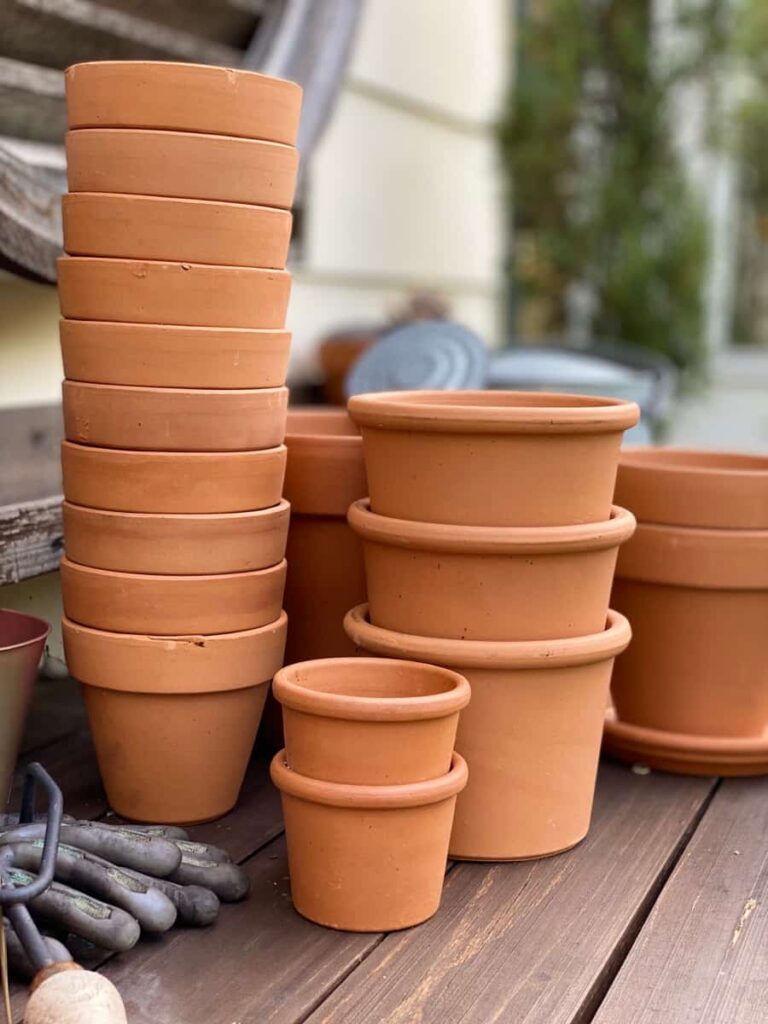
Vegetable Container Size Chart in Centimetres
| Vegetable | Preferred Size (in cm) | Minimum Size (in cm) | Number of Plants Per Pot | Comments |
| Tomato | 45-60 | 30-35 | 1 | Choose dwarf or patio varieties for smaller pots |
| Bell Pepper | 40-45 | 25-30 | 1 | Ensure good drainage and support as it grows |
| Spinach | 25-30 | 20-25 | 3-5 | It can be densely planted |
| Lettuce | 25-30 | 15-20 | 2-3 | Harvest outer leaves for continuous growth |
| Radish | 20-25 | 15-20 | 5-7 | Suitable for interplanting |
| Carrot | 25-30 | 20-25 | 5-7 | Depth is crucial for root development |
| Green Beans | 45-50 | 30-35 | 2-3 | Use trellis or stake for support |
| Cucumbers | 50-60 | 40-45 | 1-2 | Provide strong support |
| Kale | 30-35 | 25-30 | 1-2 | Ensure rich soil |
| Zucchini | 60-75 | 45-50 | 1 | Requires a lot of space to grow |
Vegetable Container Size Chart in Gallons
| Vegetable | Preferred Size (in gallons) | Minimum Size (in gallons) | Number of Plants Per Pot | Comments |
| Tomato | 5-7 | 3-4 | 1 | Choose dwarf or patio varieties for smaller pots |
| Bell Pepper | 4-5 | 2-3 | 1 | Ensure good drainage and support as it grows |
| Spinach | 2-3 | 1-2 | 3-5 | It can be densely planted |
| Lettuce | 2-3 | 1-2 | 2-3 | Harvest outer leaves for continuous growth |
| Radish | 1-2 | 1 | 5-7 | Suitable for interplanting |
| Carrot | 2-3 | 1-2 | 5-7 | Depth is crucial for root development |
| Green Beans | 5-6 | 3-4 | 2-3 | Use trellis or stake for support |
| Cucumbers | 6-7 | 4-5 | 1-2 | Provide strong support |
| Kale | 3-4 | 2-3 | 1-2 | Ensure rich soil |
| Zucchini | 7-8 | 5-6 | 1 | Requires a lot of space to grow |
In case you missed it: 15 Best Japanese Garden Tools: Top List for Gardeners
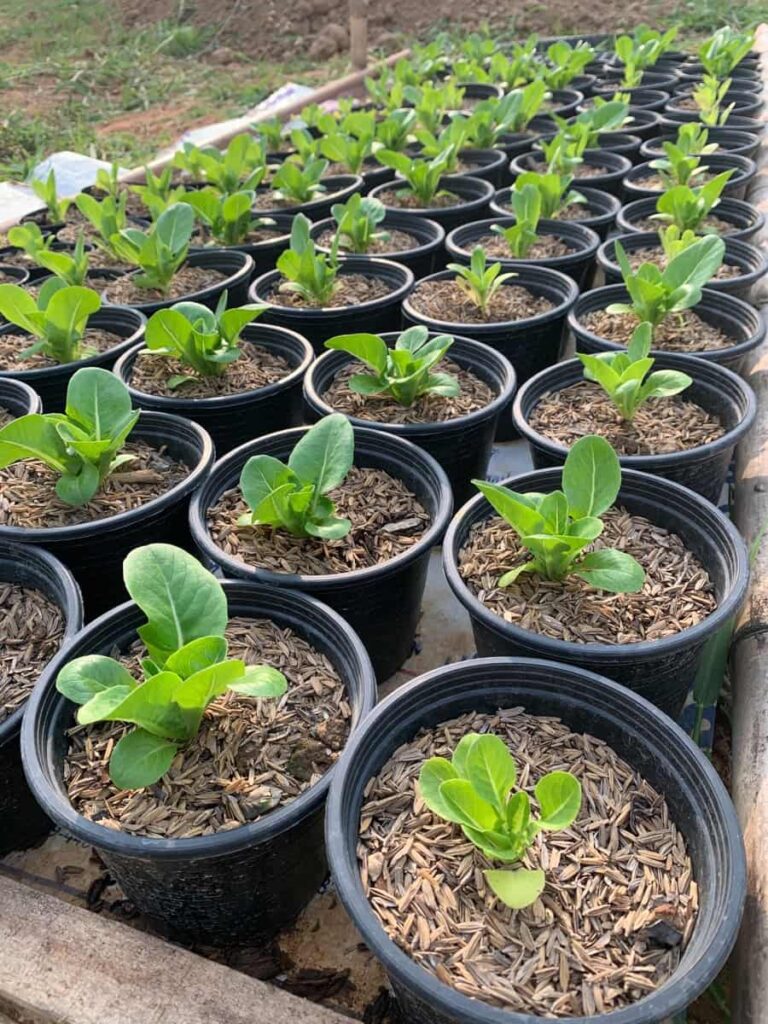
Cost Chart for Vegetable Container Gardening
| Item | Average Cost (in USD) | Comments |
| Basic plastic pot (5 gallons) | $5 – $10 | Prices vary with design and material quality |
| Premium ceramic pot (5 gallons) | $20 – $50 | Aesthetic appeal, better for heat regulation |
| Potting mix (1 cu ft) | $8 – $15 | Organic mixes may cost more |
| Compost (1 cu ft) | $6 – $12 | Buying in bulk can reduce costs |
| Seed packet (assorted veggies) | $1 – $5 | Organic or heirloom seeds might be pricier |
| Young plant seedlings | $2 – $5 each | Depending on variety and size |
| Fertilizer (1 lb) | $5 – $15 | Organic or specialized fertilizers might cost more |
| Gardening tools set | $15 – $50 | A basic set includes a trowel, gloves, and pruners |
| Watering can (2 gallons) | $10 – $30 | Metal cans may cost more than plastic ones |
| Trellis or support stakes | $10 – $30 | Varies with material and design |
| Pest control (organic spray) | $8 – $20 | Prices vary based on brand and effectiveness |
Conclusion
Container vegetable gardening, though space-efficient and versatile, comes with unique challenges. Every aspect, from how you water and choose soil to dealing with pests and harvesting, is crucial for your garden to thrive.
- Management Pests and Diseases in Your Cotton Field
- Sheep Farming Business Plan for Beginners
- Aquaponic Farming at Home: A Step-By-Step Guide
- Profitable Village Farming Business Ideas in 2024
- High-Yield Aquaculture: Fast-Growing Fish for Farming
- Effective Fish Pond Construction Techniques for Beginners
- Irrigation and Water Management in Pineapple Farming
- Blossom to Harvest: Mastering Flowering and Pollination in Papaya Farming
- Pig Fattening Essentials: From Selection to Sale for Beginners
- Raising Wagyu Cattle: A Complete Guide for Premium Beef Production
- Soil Types and Their Water Holding Capacity
- Optimizing Irrigation Schedules for Coconut Groves for Enhanced Yield
- Espresso Your Garden: Coffee Grounds for Healthier Acid-Loving Plants
- The Best Soil Mix for Snake Plants: How to Mix Your Own Snake Plant Soil
- Green Thumb Success: Expert Tips for Cultivating Greenhouse Beans All Year Round
- Bloom All Year Round: The Ultimate Guide to Indoor Hyacinth Care
- Eco-Friendly Gardening: How to Make Liquid Fertilizer from Kitchen Waste
- Ultimate Guide to Grow Anise in Pots: Explore Seed Propagation to Harvesting
- Guide to Raising Chester White Pigs: Discover Breed Facts to Growth Management
- Mastering the Elegance: The Ultimate Guide to Weeping Cherry Tree Care, Planting, and Maintenance
- Ultimate Guide to Planting Garlic in Grow Bags: Growing Strategies for Beginners
- How to Fix Spider Plant Leaf-Related Problems: Natural and Organic Remedies
- 10 Reasons Why Your Tulsi Plant is Shedding Leaves: Home Remedies and Solutions
- Optimizing Growth and Yield: The Advantages of Palm Bunch Ash Fertilizer
- Utilizing Neem Oil Extract as a Natural Pesticide for Hydrangea
- From Soil to Harvest: Various Ways in Which Farmers Can Use AI Tools
- Steps to Encourage and Induce Citrus Flowers: A Comprehensive Guide
- How to Fix Snake Plant Leaf-Related Issues: Natural and Organic Remedies
- Transform Your Garden into a Fragrant Oasis with Raat Ki Rani (Night Blooming Jasmine)
- Discover the Ideal Chicken Breeds for Philippine Farms
- How to Create a Poultry Egg Farm Business Plan for Profits
- Grow Lemon Cucumbers Like a Pro: Insider Techniques for Bountiful Yields
- Ultimate Guide to Caring for Your Pink Princess Philodendron: Tips for Thriving Variegation
- Areca Nut Profit Per Acre: Calculating Yield and Cost of Cultivation
- How Kaveri Chicken is Becoming a More Profitable Breed in Indian Backyards
- Transform Your Barn: 9 Steps to Convert a Horse Stall into a Chicken Coop
